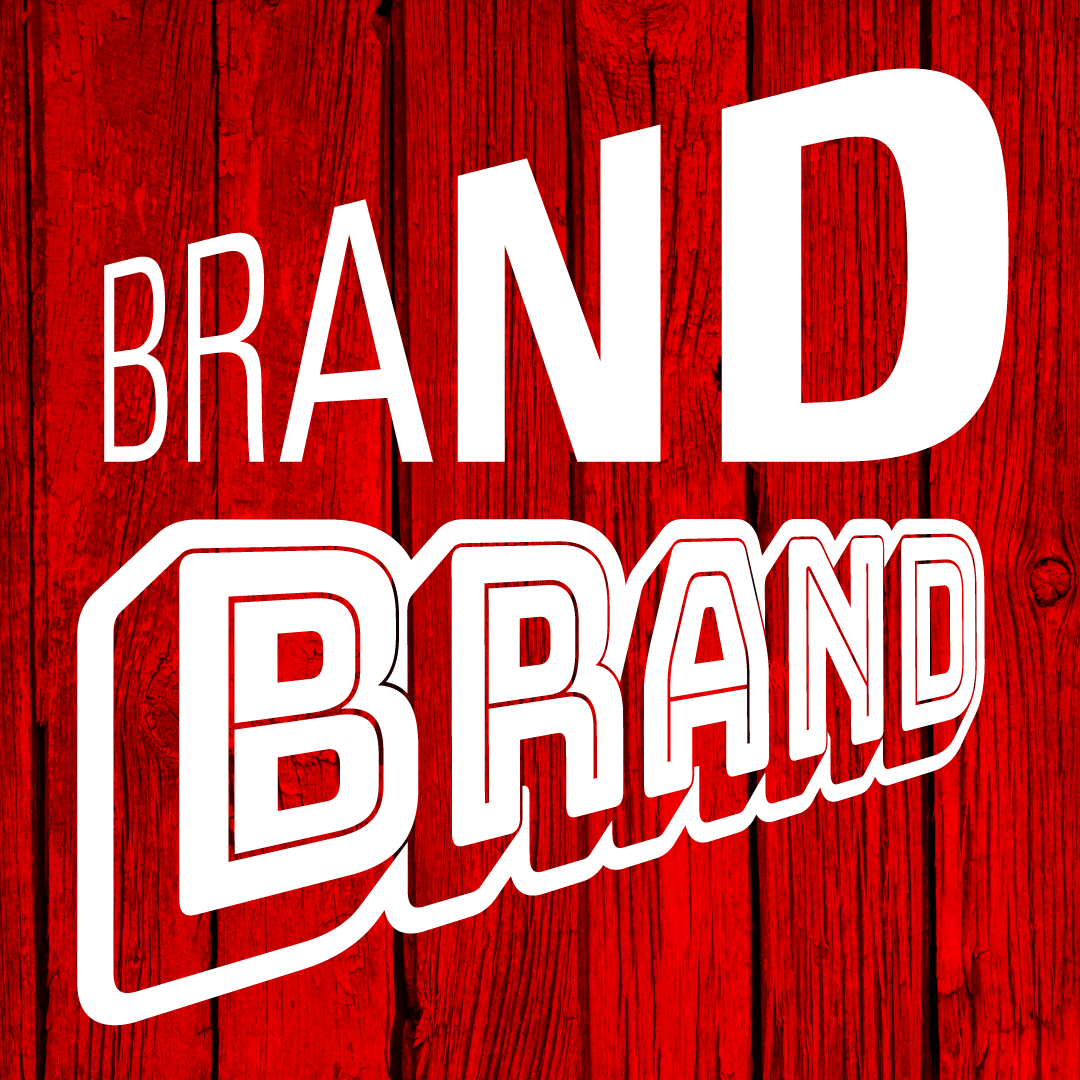Let's kick back and be ourselves.

Brand Evolution vs. Brand Revolution
The importance of maintaining the historical context of a brand.
In the dynamic world of branding, change is inevitable. As markets evolve and consumer preferences shift, brands must adapt to stay relevant. However, the manner in which a brand chooses to adapt can significantly impact its perception and equity. Enter the debate between brand evolution and brand revolution.
The Allure of the New
With the rise of creative agencies eager to showcase their prowess, there's a growing trend toward dramatic brand overhauls. These revamps often bear little resemblance to the original identity, leaving audiences struggling to find a connection. While the intent might be to modernize and rejuvenate, the outcome can sometimes be a loss of brand equity and a dilution of the brand's essence.
Evolution: The Subtle Art of Change
Brand evolution is akin to the gradual maturing of a fine wine. It's about making subtle shifts that enhance the brand's identity, making it feel contemporary without severing ties with its historical context. Think of it as updating a classic piece of literature. The essence remains, but the language is tweaked to resonate with modern readers.
A prime example of successful brand evolution is Apple. Over the years, its logo has undergone several changes, transitioning from the rainbow-striped apple to the monochromatic apple silhouette we recognize today. Each change was noticeable, yet there was always a clear link to the past, ensuring that brand equity was preserved.
Revolution: The Bold Leap Forward
While evolution is about continuity, revolution is about radical change. There are instances when a brand revolution is not just beneficial but necessary. This could be due to a strategic shift, a change in target demographics or a significant market transformation. In such cases, a complete overhaul can breathe new life into a brand, allowing it to break free from past constraints.
Take Airbnb’s story. In 2014, the company introduced a completely new logo and identity. This wasn't just a visual change but represented a strategic shift from being a service for booking accommodations to a comprehensive travel community platform. The revolution was warranted and helped reposition Airbnb in the market.
Striking the Right Balance
The decision between evolution and revolution should be rooted in strategy, not aesthetics. Brands must ask themselves—are we changing for the sake of change or is there a genuine strategic need?
It's crucial to remember that brand identity is more than just visuals. It's an embodiment of the brand's values, history and promises to its consumers. While it's essential to stay relevant and resonate with current trends, it's equally vital to maintain a connection with the past.
Whether a brand chooses the path of evolution or revolution, the key is to ensure that the change is purposeful, strategic and always anchored in the brand's core identity. After all, in the words of Maya Angelou, "If you don't know where you've come from, you don't know where you're going." Call us at 866-469-4080 to learn more.